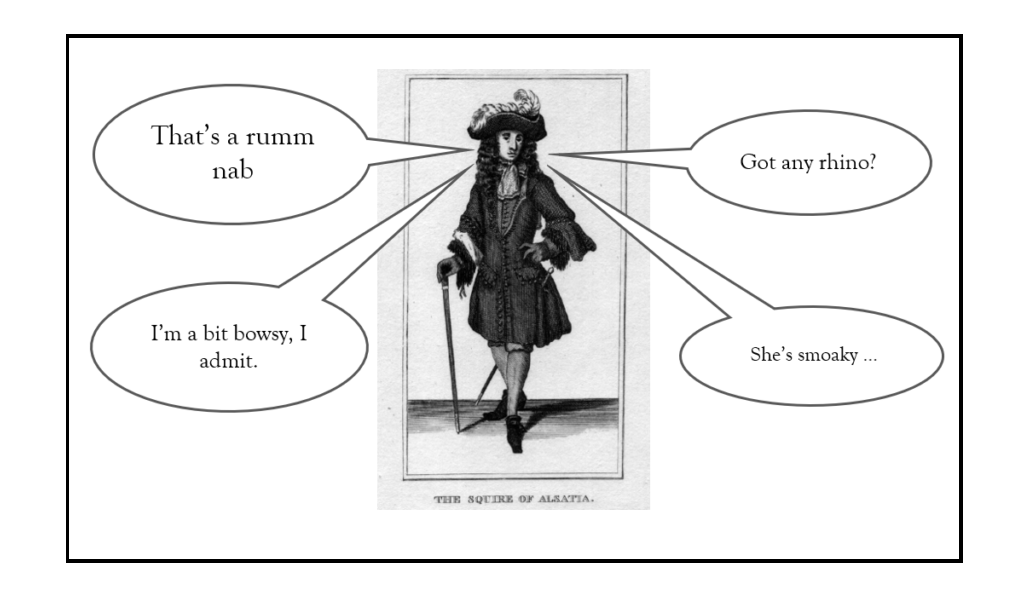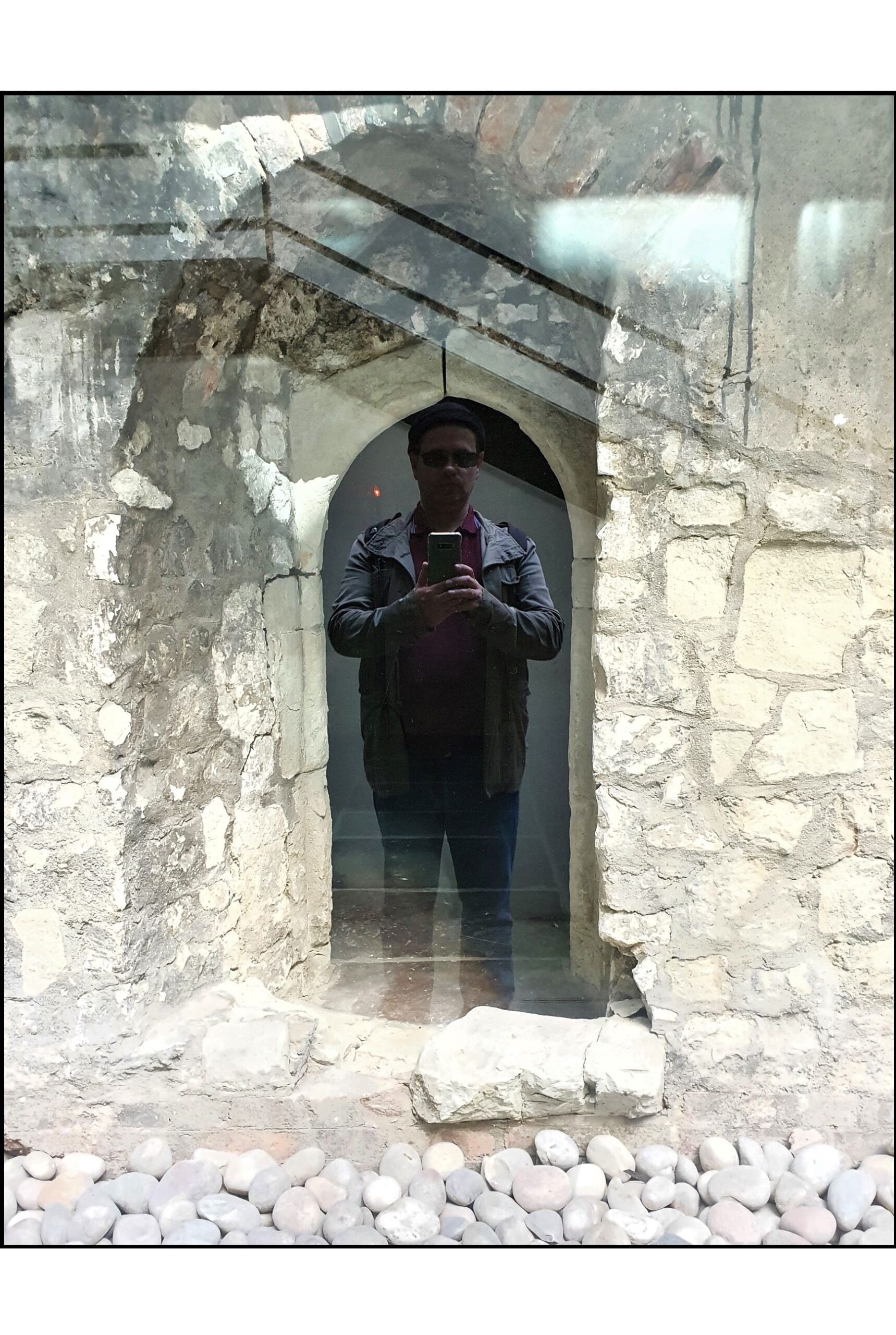
If you think the City has always been a well-governed place, think again.
Within the western reaches of the City of London lies a collection of current and former ‘liberties’ – self-governing enclaves beyond the reach of the City administration. The liberties still extant are the Inner Temple and Middle Temple, two of the four inns of court and ruled by some terribly well-behaved legal types. To all intents and purposes, these liberties are considered local authorities, and the City of London police are only allowed within their walls by consent. This lax state of affairs is what comes of more than half a millennium of legal quibbling and prevarication. If you can gain access, you will find an idyll of well-manicured lawns, ancient – if heavily restored – buildings, and a lot of people wearing horse hair wigs. No wonder they’re still liberties.
A little to the east of Inner and Middle Temple, cutting across the site of the roman wall, lies Blackfriars. The site of a former Dominican monastery with connections to the monarchy, Blackfriars was a liberty because of the monastery, but remained so even after the dissolution. After the monks left, it became a rather upper class enclave, fiercely independent of the City of London, a well-governed location providing homes to the nobility, some rather upmarket craftsmen and two rather exclusive playhouses. After much negotiation and debate, it eventually agreed to give up its liberty status in 1608. These days it has some quaint and attractive alleyways, courtyards and old buildings, including the hall of the Worshipful Company of Apothecaries, and a small heap of stones that constitute the remains of the monastery.
Between Blackfriars and the Temple lies the Precinct of Whitefriars. Like Blackfriars, it is the site of a former monastery (this time the Carmelites), like Blackfriars the institution was dissolved at the end of the 1530s, and like Blackfriars the Whitefriars liberty was technically abolished in 1608.
That’s pretty much the end of the similarities; in every other way it was, and remains, a very different kettle of fish.
Whitefriars was already having problems with undesirables loitering in the area even before the monastery was dissolved – the monks grumbled – and these problems only increased with dissolution. It became unclear where control of the area lay, and the continued status of sanctuary associated with the monastery attracted criminals of every hue desirous of continued freedom. It became an area of villains and scoundrels. Even after the liberty was abolished, sanctuary – and hence the villains and scoundrels – remained, and Whitefriars was an area where the authorities feared to tread. Daniel Defoe, accused of sedition, once fled to this ‘rotten honeycomb of dilapidated hovels’ (McCrum, 2015). With this background, it was perhaps inevitable that the residents developed an argot all their own, which was utilised by Thomas Shadwell in his 1688 play The Squire of Alsatia. Shadwell lived close by in Tudor Street. Alsatia itself was argot for the Whitefriars area, after Alsace, an area fought over by France and German states so much that it supposedly became ungovernable.
Here then is a sample selection of 300-year-old Alsatian slang, based upon the guide written by Shadwell himself in the preface to his playscript. I provide this just on the off-chance that you find yourself transported back to 17th century Whitefriars and are made to look a Pult by a tattmonger using the doctor, and being clear are tempted to lugg out and thrust your porker into the son of a buttock rather than rubb. You’re welcome.
Sanctuary in Whitefriars was legally abolished by the Escape from Prison Act (1697), at which point law and order began to improve, and the population dwindled. It had one more moment in the sun, a starring role in Walter Scott’s Waverley novel The Fortunes of Nigel (1822), set in the time of James I. The titular hero – Lord Glenvarloch, which sounds so much better than his baptismal name Nigel Olifaunt – has to flee to Alsatia to avoid arrest.
A tiny piece of the Whitefriars monastery remains – it lies hidden at basement level in Magpie Alley, south of Fleet Street, surrounded by forgettable low-rise office blocks of varying postwar vintage and minimal aesthetic appeal. The area has no attractions except office space, and is deserted at weekends, but at least we have The Squire of Alsatia and The Fortunes of Nigel as memorials to its inglorious heyday.

← The tiny surviving section of Whitefriars Monastery is now at basement level and hidden on private property behind a glass wall, beneath an office block in Ashentree Court. Here, your author is reflected onto the remaining doorway, a doorway that must have been known to the ‘Alsatians’.
Nearest Stations: Temple, Blackfriars, City Thameslink
Selected Bibliography:
Credits:
1 thought on “How to Talk in the Wild West”
Comments are closed.